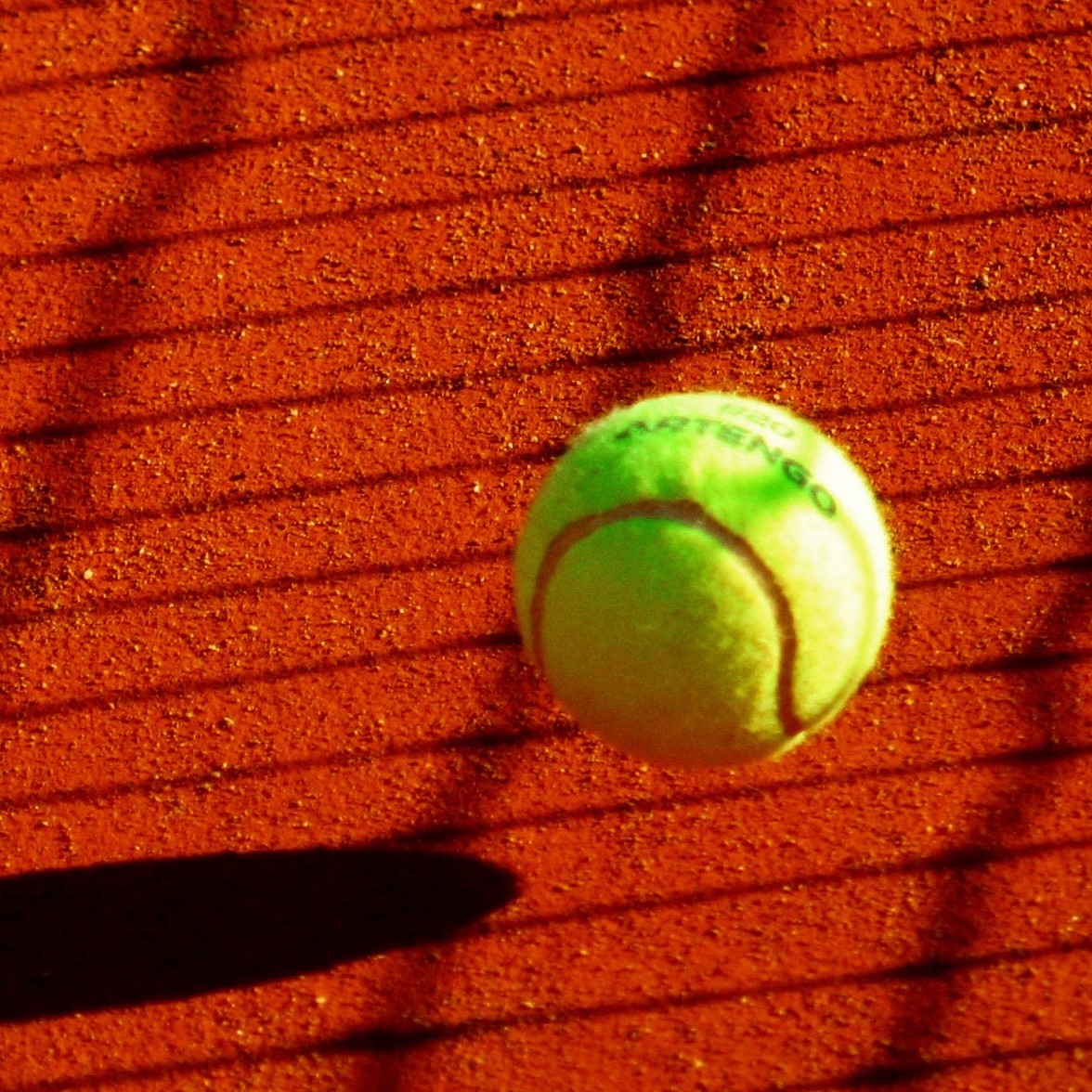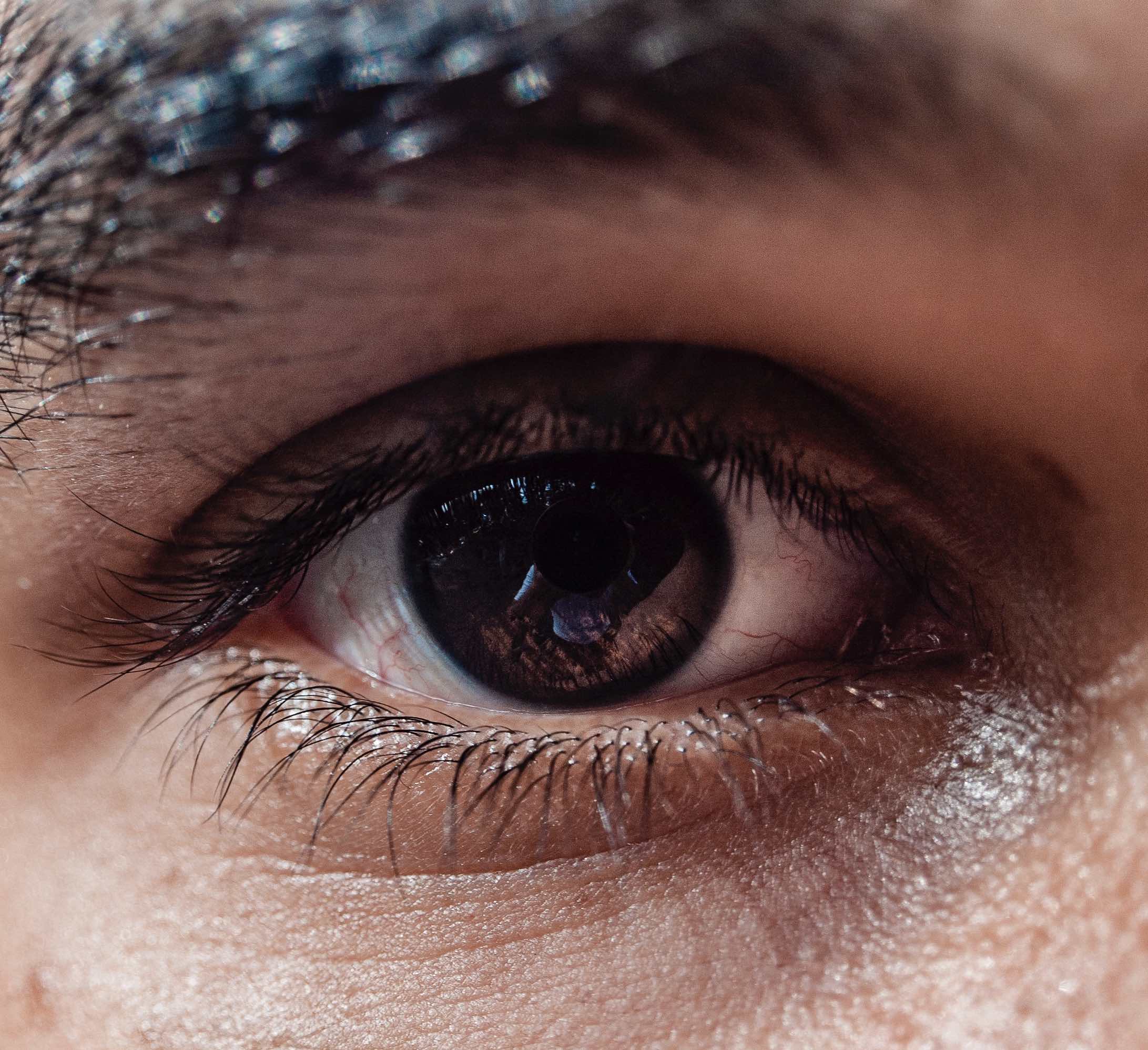Research in the Kosovicheva Lab
Individual differences
Why do people sometimes disagree about what they see? Our research examines individual differences in fundamental visual processes and the implications they have for perception in the real-world. Many real-world settings can benefit from an individual differences approach, including digital readability, collaborative tasks, and assessment of visual impairments. Specific research areas include:Localization and Individual Differences
One of the key tasks that the visual system accomplishes is determining where things are in the world, whether that is where a tennis ball bounced on the court, or where a brief alert appeared on your computer screen. A range of different factors influence perceived location, such as motion, eye movements, spatial attention, and stimulus history (i.e., what you have seen previously). Dr. Kosovicheva's work has also shown that basic location judgments vary considerably between individuals, and that these differences are stable over different measurement methods and consistent over time. A major focus of the lab is to work towards an integrated understanding of how the brain determines where objects are in the world, and how these differences vary between individuals.
This work is funded by an NSERC Discovery Grant to Dr. Kosovicheva
Spatial variability in localization biases predicts crowding performance.
Journal of Vision (2023) ▪ pdf ▪ data & materials
Gravitational effects of scene information in object localization.
Scientific Reports (2021) ▪ pdf ▪ data & materials
Stable individual signatures in object localization.
Current Biology (2017) ▪ pdf

Eye Movements
We make saccades (directed eye movements) 2-4 times per second, and they are essential for interacting with our environment, but we barely notice them. The lab is interested in why we look where we do, whether in natural scenes or in more routine laboratory tasks, what that can tell us about the information we need for particular tasks, and how the visual system stitches our perception of the world together across our eye movements. The lab’s interests in eye movements span basic mechanistic questions and more clinically-relevant questions, including eye-tracking based assessments for visual disorders like strabismus and amblyopia. An emerging line of reserach in the lab investigates individual differences in gaze behaviour, with an eye towards leveraging these differences to improve performance in collaborative tasks.
Follow the Dot: Do we have implicit awareness of our own eye movements?
Vision Sciences Society Meeting Abstract (2024) ▪ abstract ▪ poster pdf
Individual differences in gaze behavior: Comparing high-level and sensory contributions
Vision Sciences Society Meeting Abstract (2023) ▪ abstract ▪ poster pdf
Perceptual effects of unequal saccadic adaptation produced by a dichoptic step.
Journal of Vision (2020) ▪ pdf ▪ data & materials
A dichoptic feedback-based oculomotor training method to manipulate interocular alignment.
Scientific Reports (2020) ▪ pdf ▪ data & materials
Looking ahead: When do you find the next item in foraging visual search?
Journal of Vision (2020) ▪ pdf ▪ data & materials

Visual impairments
Another major focus of Dr. Kosovicheva's work is using psychophysical methods to better understand visual impairments, particularly those that affect spatial visual processing. The lab is interested in how we can apply psychophysical methods and eye tracking techniques to better assess disorders that affect binocular vision, such as strabismus (eye misalignment) and amblyopia ("lazy eye"). A more complete understanding of the underlying visual functions can also help guide diagnostic tools and treatments for these disorders.
This work was previously funded by a NEI F32 award to Dr. Kosovicheva.

Digital Readability
What makes text (like this website) easier or harder for each person to read? We all have our preferences, and we all have our own individual needs as readers. The lab is interested in how changing the visual appearance of text can help and hinder readers, whether they are trying to read a webpage, or an icon on their smartphone. This includes studying how the perceptual experience of reading changes across the lifespan, and how a deep understanding of age-related changes in visual perception can help designers make maximally-useful designs.
This work is supported by a SSHRC Insight Grant jointly to Dr. Wolfe and Dr. Kosovicheva, as well as by gift contributions from Adobe.
Age-related differences in the legibility of degraded text.
Cognitive Research: Principles and Implications (2016) ▪ pdf
What color was it?: A psychophysical paradigm for tracking subjective progress in continuous tasks.
Perception (2020) ▪ article link ▪ pdf ▪ data & materials
